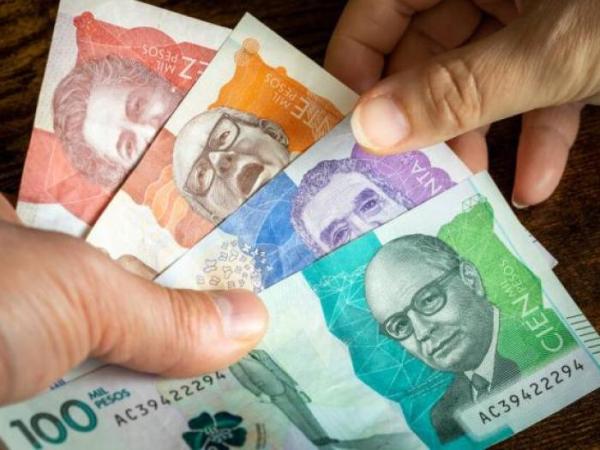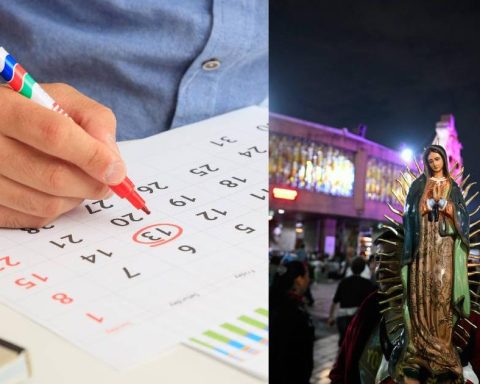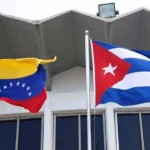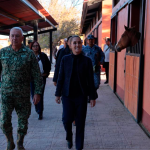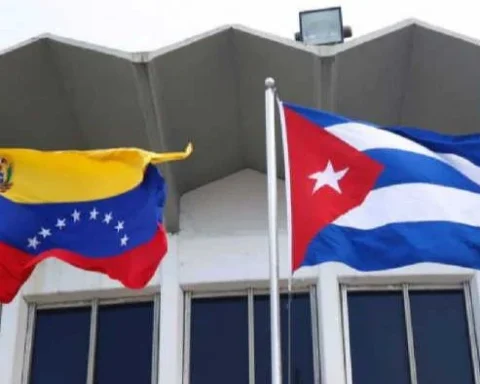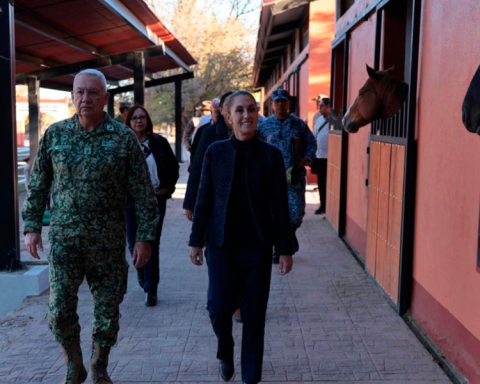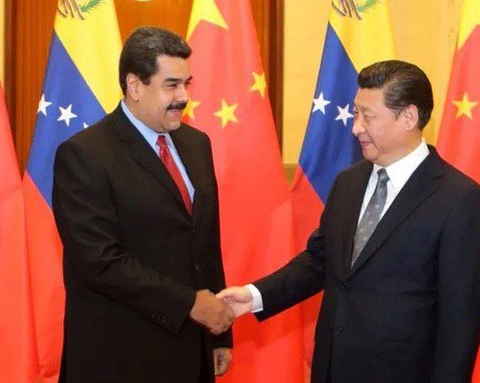This Monday the plenary session of the Senate of the Republic resumed the debate on the bill that seeks to reform the General Participation System (SGP). The initiative aims to increase the income that reaches the municipalities, special districts and departments of the country.
(Read more: Former Finance Ministers ask Congress to reconsider the SGP reform project)
To understand the implications of the initiative that is the focus of the discussion, we explain some key points of this mechanism.
What is the GSP?
The General Participation System is an instrument through which the National Government transfers to the regions the resources necessary to provide basic servicessuch as education, health, water and sanitation (aqueducts and sewers).
Currently, the Nation sends a little more than 20% of its current income to the municipalities, departments and districts and takes into account the population, basic needs and poverty levels of each territory for its distribution. This is based on what is stipulated in Articles 356 and 357 of the Constitution 1991 policy.
In accordance with the provisions of the Magna Carta, the GSP increases annually in a percentage equal to the average of the percentage variation that the current income of the Nation has had during the previous four years, including that corresponding to the capacity of the budget in execution.
(Read more: The seven agreements that unblocked the path to reform of the transfer system)
Money
iStock
(More news: Constitutional reform for autonomy: progress or fiscal risk for Colombia?)
Is it the same as royalties?
No, the distribution of these resources is done through another mechanism known as the General Royalties System (SGR). Through this instrument, we seek to guarantee the equitable distribution and efficient use of income from the exploitation of the country’s non-renewable natural resources.
The money from the SGR is intended to finance projects for the economic, social and environmental development of territorial entities and increase the competitiveness of the economy. Among the initiatives contemplated are those investments in science, technology and innovation.
(Read more: GSP reform: transfers will rise to 39.5% and more modifications made to the project)

Royalties
iStock
What the reform wants
The bill that is currently being discussed in Congress aims to increase the percentage of resources delivered to the regions, going from a little more than 20% to 39.5%. The idea of the proposal is that the territories have more financial and administrative autonomymodifying what is established in articles 356 and 357.
As explained, not only would more money be granted to the municipalities, departments and districts, but they would also would have to take on more spending responsibilitiesthrough a law that redefines the powers of the Nation and the territories.
The transition would take place over 12 years, in order to ensure more progressivity with respect to the Medium-Term Fiscal Framework.
The initiative has not been without criticism, since it is pointed out that its implementation could aggravate the already critical fiscal situation by increasing the inflexibility of spending in the General Budget of the Nation (PGN).
(Read more: Constitutional reform for autonomy: progress or fiscal risk for Colombia?)
PORTFOLIO
